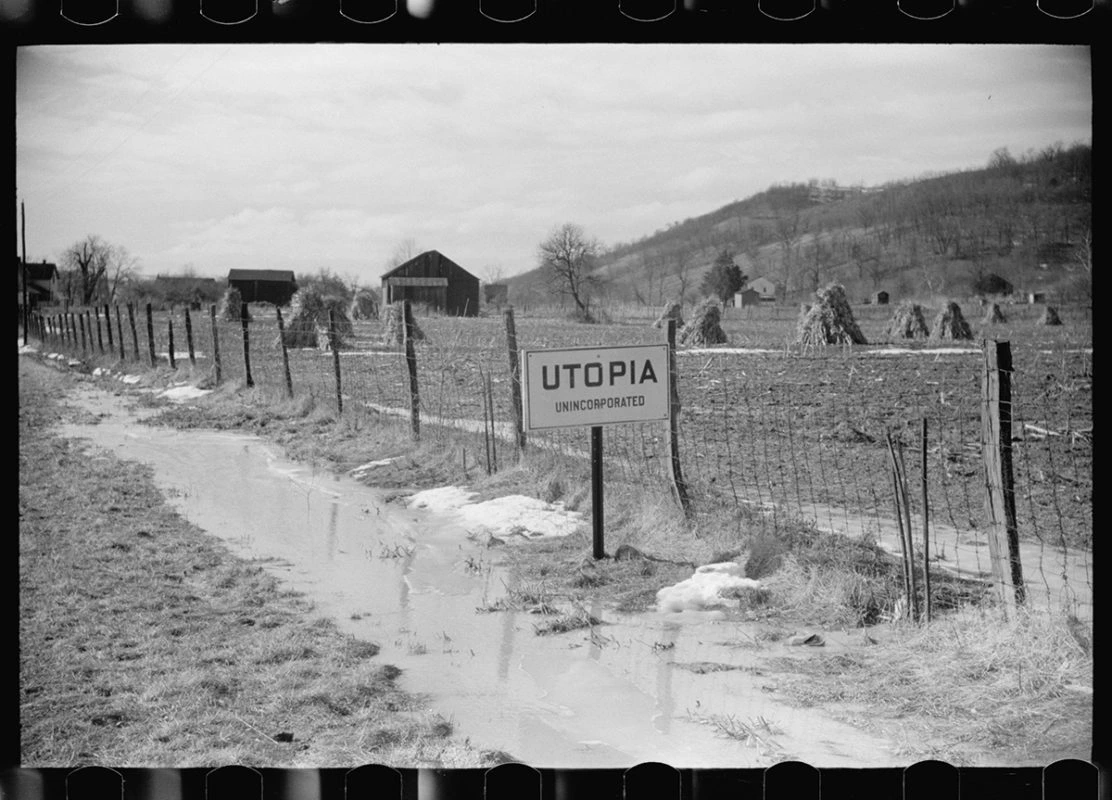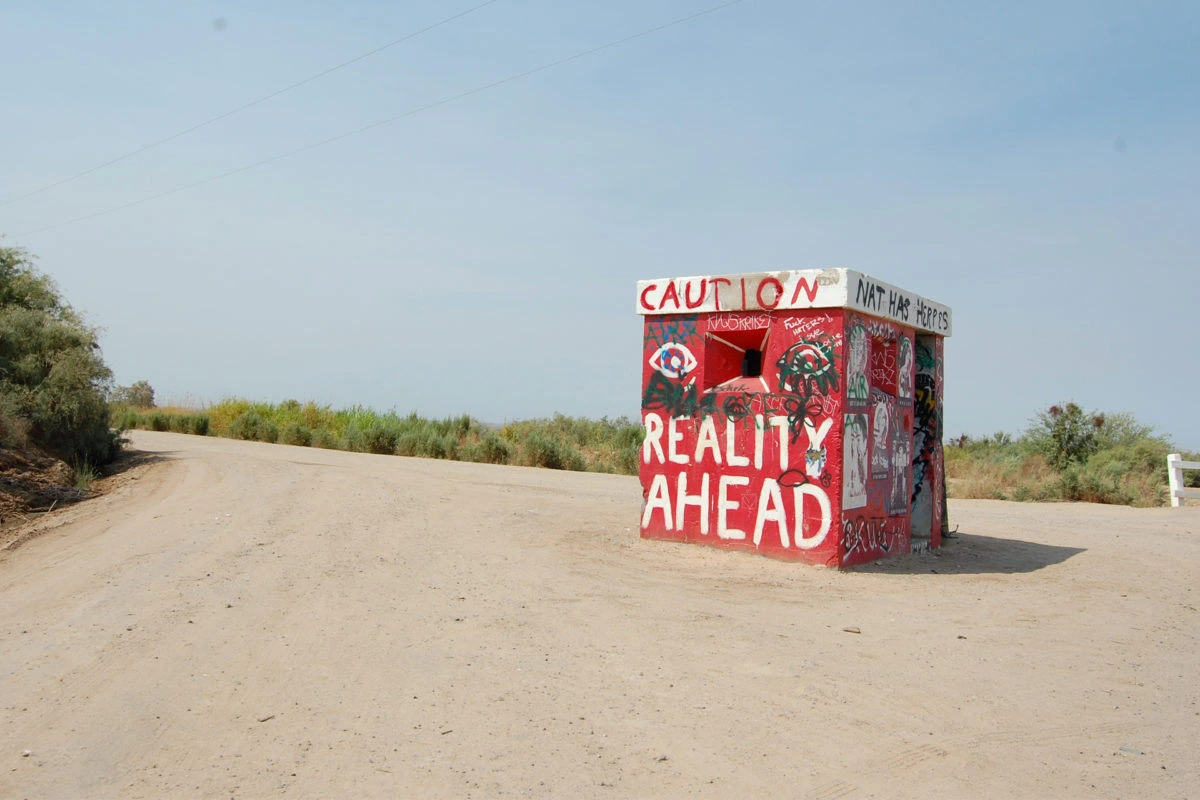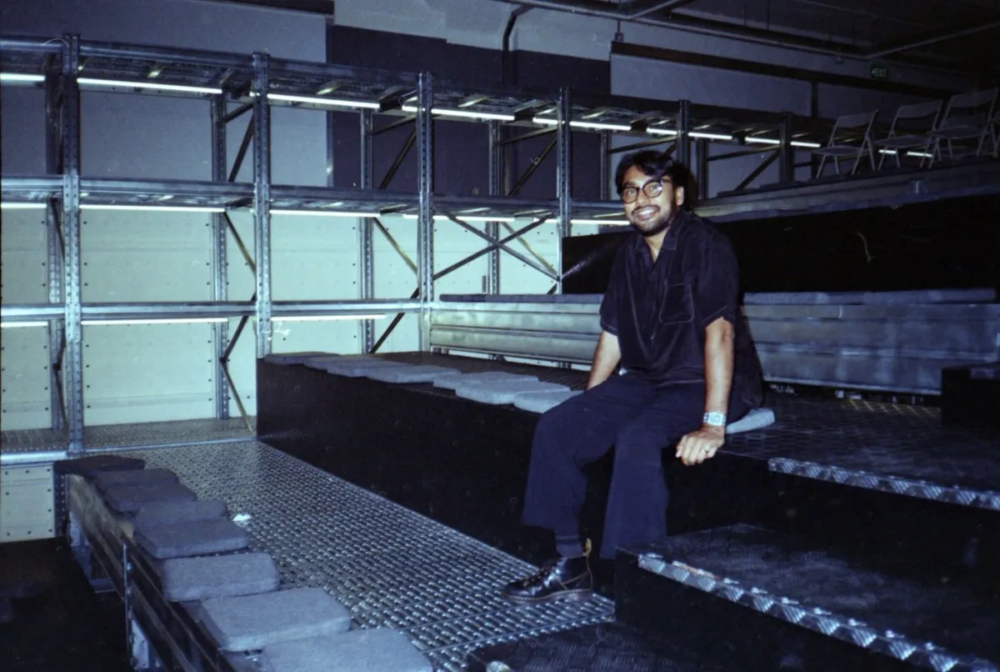
Nature, Farming, and Food Production: What Countryside Means Today
By shifting our perspectives and policies, we can restore the countryside’s relevance and ensure it remains an integral part of a sustainable and equitable world
Putting the Countryside Back on the Agenda
For decades, the countryside has been a crucial yet overlooked force in modernization, food production, and environmental sustainability. While urbanization continues to dominate global discussions on development and progress, the countryside remains a key player in shaping the future of our planet. Samir Bantal, Director of AMO, the research and design studio of the Office for Metropolitan Architecture (OMA), shares insights into the significance of rural landscapes, their political implications, and the urgent need for renewed attention to these spaces.
The Role of Countryside in National and Global Development
From a political standpoint, the countryside has historically been central to securing food supplies and maintaining stability. Many leaders have looked to rural areas as a means of ensuring economic and political security. For example, large-scale agricultural projects have long been used to combat the challenges posed by climate and geography. “The realization was that for a country to move forward, the countryside was the place to modernize or experiment,” Bantal explains. However, this approach has diminished in recent years as agricultural policies are increasingly left to market forces. Yet, nature, farming, and food production remain deeply intertwined with our daily lives and should not be treated as distant concerns.
The Need to Preserve Fifty Percent of the Earth’s Surface
The assumption that cities are the inevitable future for all people is now under scrutiny. The countryside is not just a space for agriculture but also a site of vibrant, self-sustaining communities. According to Bantal, we should rethink the way we structure both urban and rural environments. “We should reanimate the countryside not as a place where people leave but as a place where people would want to stay or return to.”
A crucial question emerges: How do we balance urban expansion with environmental preservation? “There are two strategies around preserving the Earth: the half-earth theory and the whole-earth theory,” Bantal explains. The half-earth theory argues that to ensure the survival of ecosystems, at least fifty percent of the planet’s surface must be protected. Currently, only about fifteen percent is safeguarded. Reaching fifty percent would have significant geopolitical consequences, raising the question of which countries should bear the burden of preservation.
Alternatively, the whole-earth theory suggests a different approach—one that integrates modern technology with indigenous knowledge to create a sustainable relationship with nature. “With increased observation, monitoring, and research, we are now better equipped to understand and manage ecosystems without simply treating them as untouched wilderness,” Bantal states. This perspective encourages a reassessment of how we interact with and sustain natural landscapes.

Rethinking Agriculture and Energy for a Sustainable Future
Climate change has become the driving force behind efforts to rethink energy use, waste management, reforestation, and food production. “The whole-earth strategy suggests combining scientific advancements with traditional knowledge to harvest energy and produce food efficiently,” Bantal notes. The transition away from fossil fuels and soil-depleting agricultural practices is a necessary step in this evolution. “Once we accept that we can no longer rely on twentieth-century models of living, we will accelerate the development of new, sustainable alternatives.”
This shift also requires reconsidering the impact of digital technology. While cities have embraced digital infrastructure, there is untapped potential for technology to enhance rural living, making it more attractive and viable. “Social media and digital connectivity have transformed cities—could they also be used to recalibrate our relationship with nature and the countryside?” Bantal speculates.
Revising Our Perception of Natural Landscapes
Historically, many civilizations have regarded the countryside as a space for innovation, reflection, and creative thought. Ancient Romans and Chinese civilizations, despite their geographical and cultural differences, shared similar ideologies regarding the countryside’s role in society. “For centuries, rural areas were not just sites of production but also places of contemplation and development”, Bantal points out.
Today, the countryside is often viewed as a space of consumption rather than production. However, as the world faces pressing environmental challenges, it is crucial to reassess its role. Addressing climate change and ensuring food security will require a renewed focus on rural development, embracing both traditional wisdom and contemporary technology. “We must move beyond the misconception that urbanization is inevitable and instead view the countryside as a protagonist in shaping our future,” Bantal concludes.







